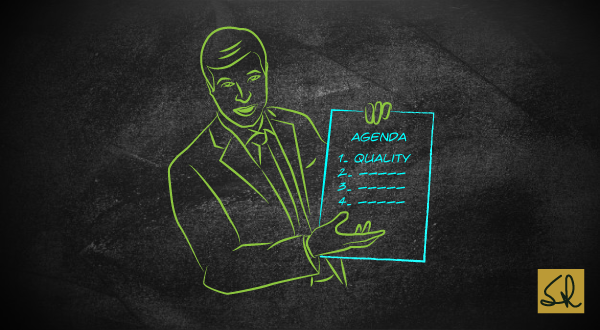QUALITY CULTURE

Leadership Style
Although there are many variations of leadership style that have been successful in establishing Continuous Quality Improvement (CQI), there are some common themes.
Foremost is the degree to which the senior management demonstrate faith in their subordinates through their style of delegation. I refer to this as employee empowerment.
Good delegation is clear as to the goals to be achieved and is based on mutual agreement as to the general methods and resources to be used. The prerequisite being, process capability.
Review consists of verifying that the goals have been met and that agreements on methods and resources have been observed. Deming’s Plan – Do – Check – Act cycle must be in place, as a foundation, process by process.
Personal Involvement
CQI leaders do not work longer hours. They do different things during the hours they do work. The following are typical examples of their personal involvement:
- Change meeting agendas to start with quality
- Meet frequently with people at all levels, individually and in small groups, with a quality improvement agenda
- Serve on some quality improvement project teams
- Attend CQI workshops
- Deliver CQI training
- Meet customers to understand their needs
- Meet suppliers to understand their needs
- Lead social quality improvement projects.
Making a habit of some of the these examples helps in building a CQI culture.
Juran Insights
- CQI is not fully delegable.
- CQI starts at the top.
Additional Reference
World-Class Quality: An Executive Handbook

Employees grow professionally as well as personally when they feel empowered. Their maturity level also increases. On successful delivery of assignment, self-confidence gets boost which creates a spiralling effect on future assignments – A leader can create more leaders through delegation
Employee Empowerment should be on capable processes only. Else one experiences planned chaos.